Mini Upcycled Potted Plants
Mini Upcycled Potted Plants
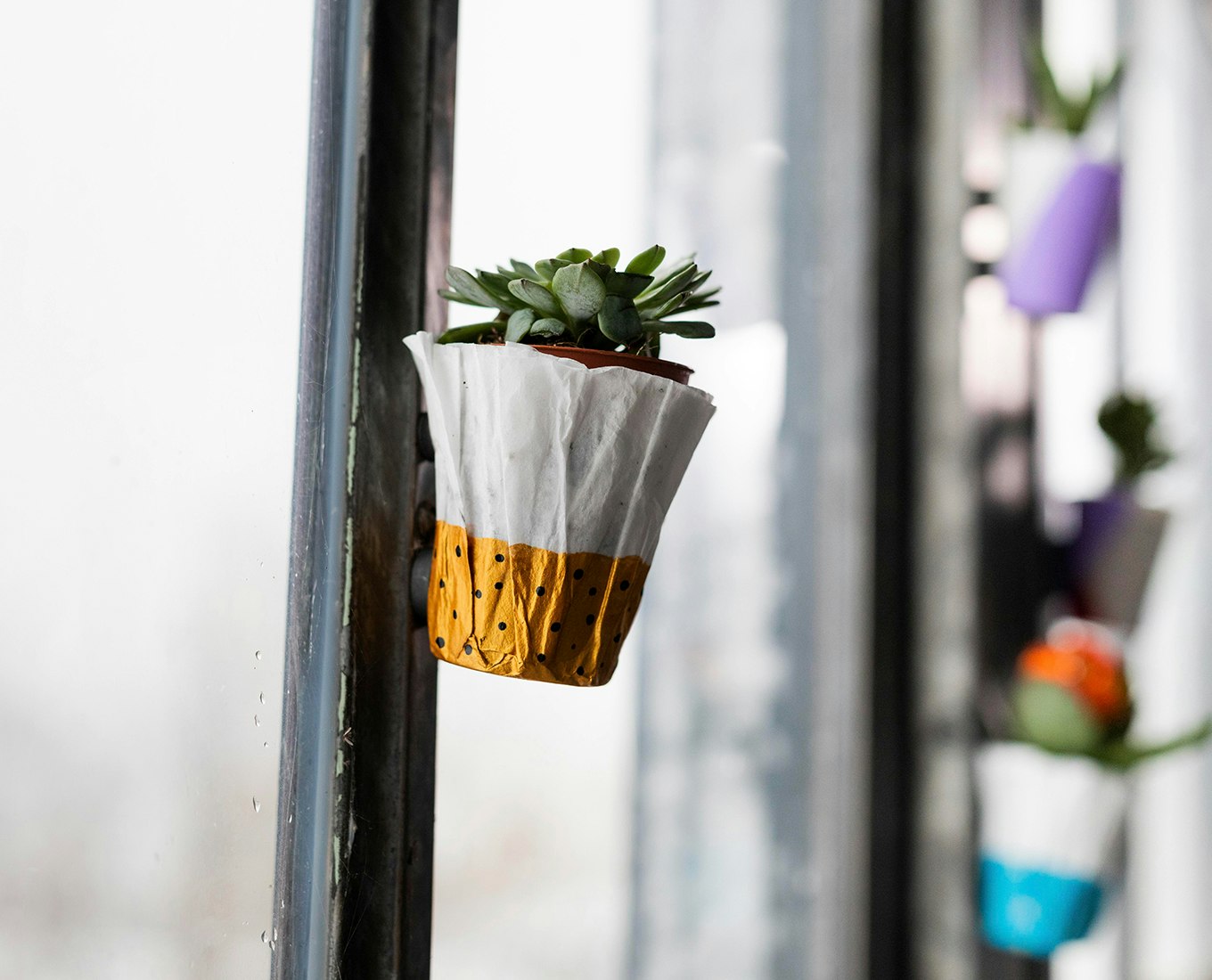
Plant miniature succulents in these cute, crafty and scientific pots.
School Year: 3–6
Activity Time: 30 minutes (plus 12 hours of drying time)
STEAM Subject(s): Science (Biology, Botany), Art
Supplies:
- Small plastic cup
- Newspaper or coffee filters
- Paint brushes
- Elmer’s White School Glue
- Acrylic craft paint in a variety of colours
- 2 magnets
- Elmer’s Extra-Strength Glue Stick
- Miniature plants or succulents
- Soil

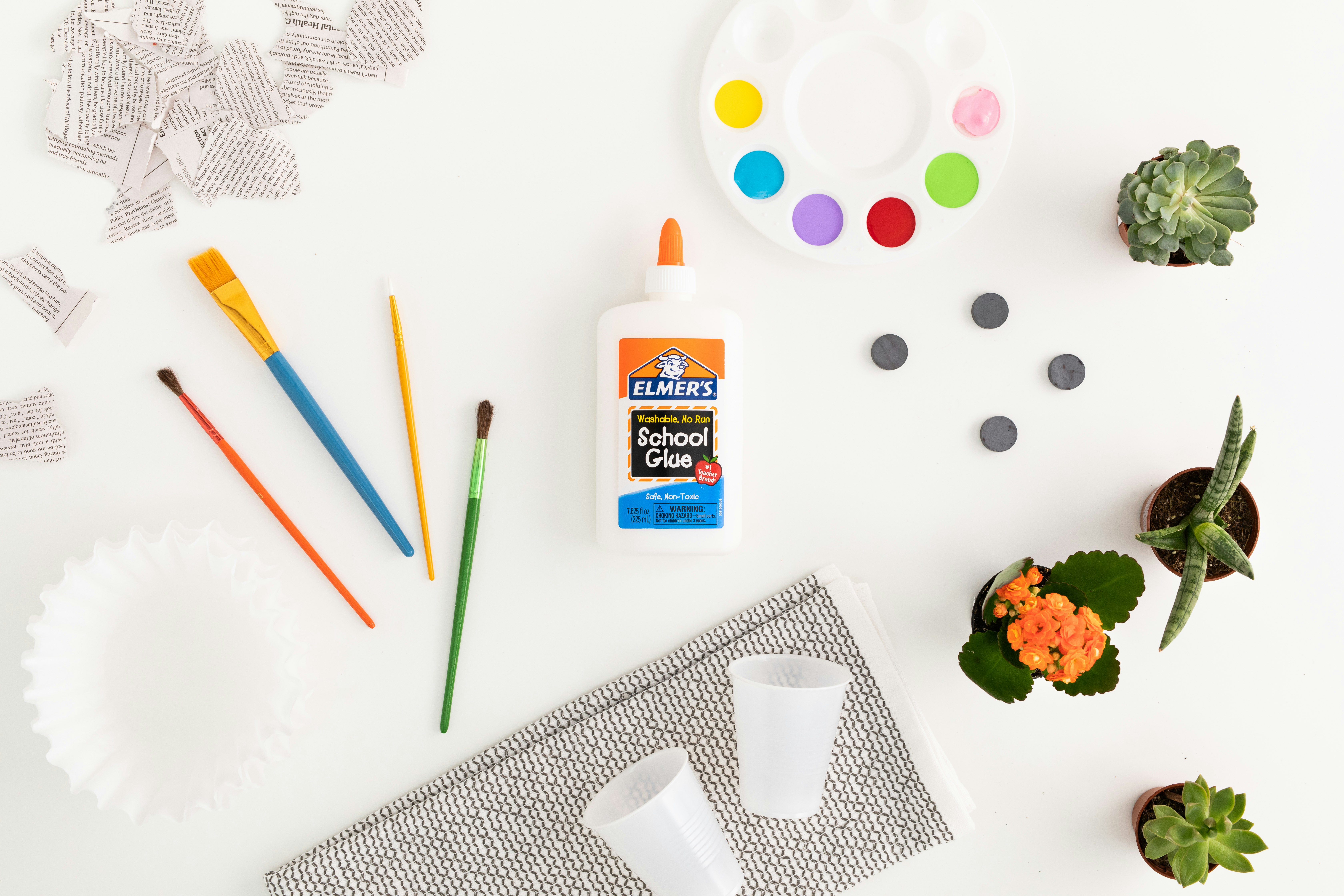
Instructions:
- Pour Elmer’s White School Glue into a small bowl. Use a paintbrush to spread the glue all over the outside of the cup.
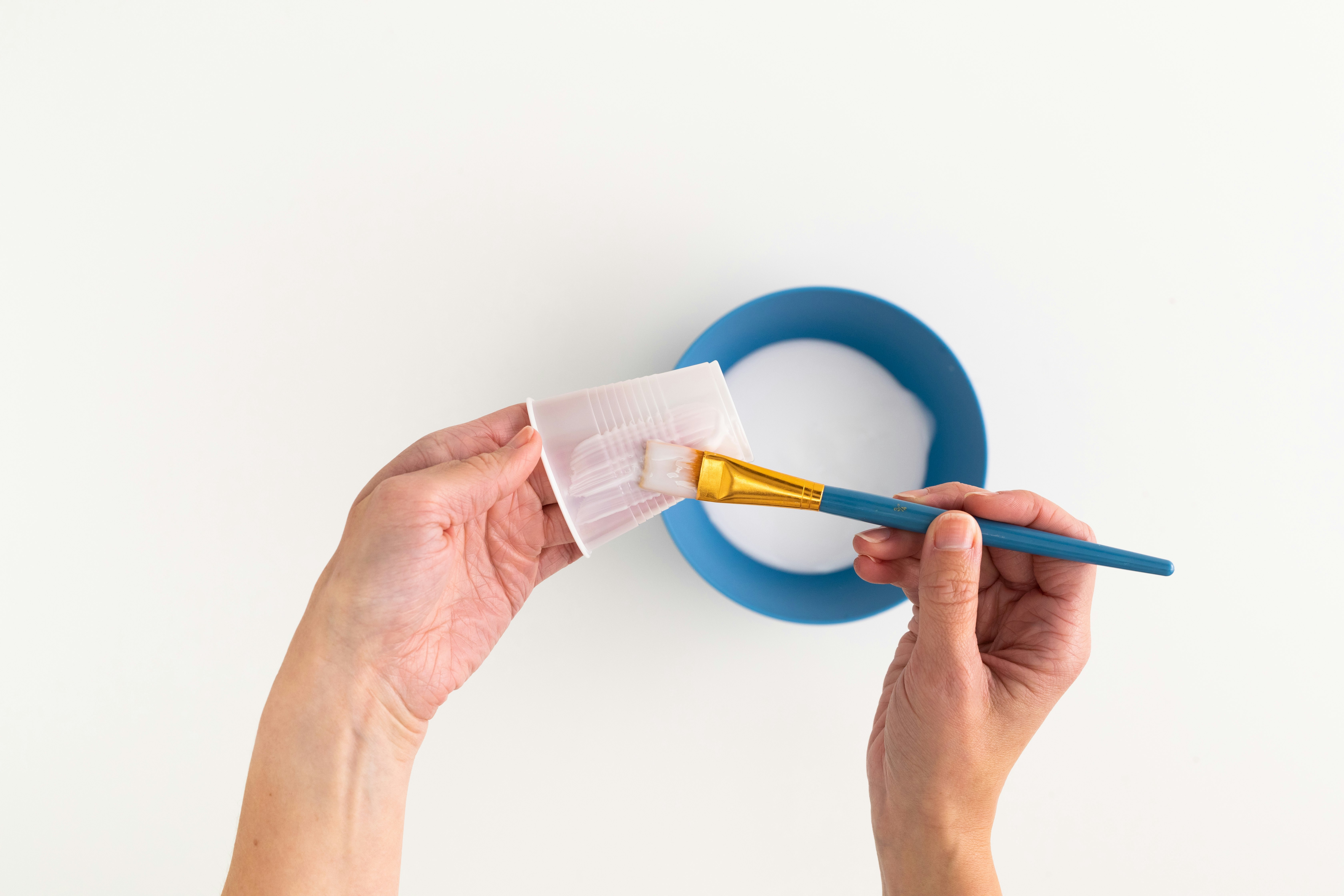
- Choose whether you want to decorate your cup with a coffee filter, a newspaper collage, or both. If you choose a coffee filter, place one coffee filter onto the glue-covered cup and press, then repeat the process by adding another layer of glue and another coffee filter. If you choose newspaper, put a layer of torn newspaper on the outside of your cup, adding extra glue and newspaper until the cup is covered.
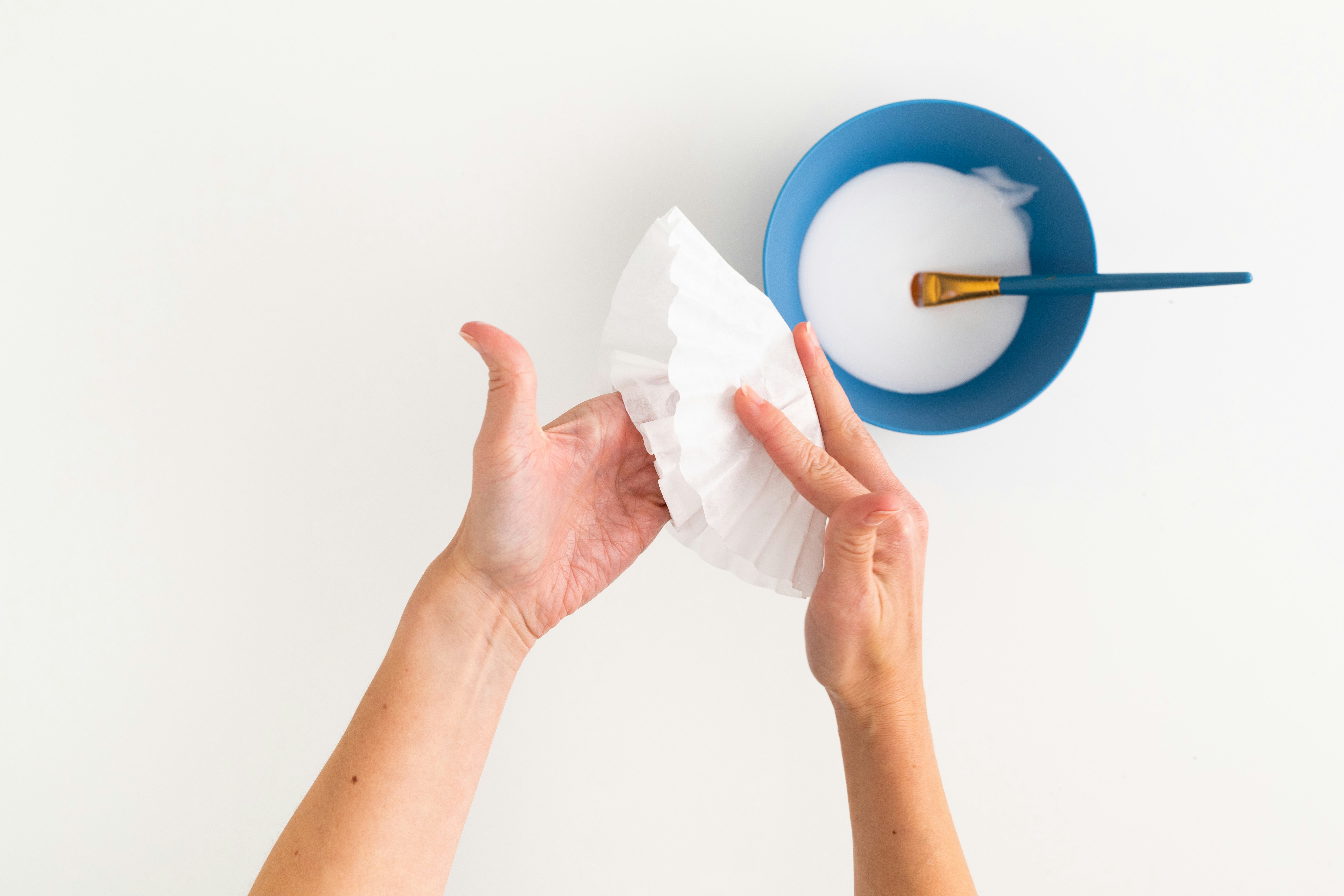
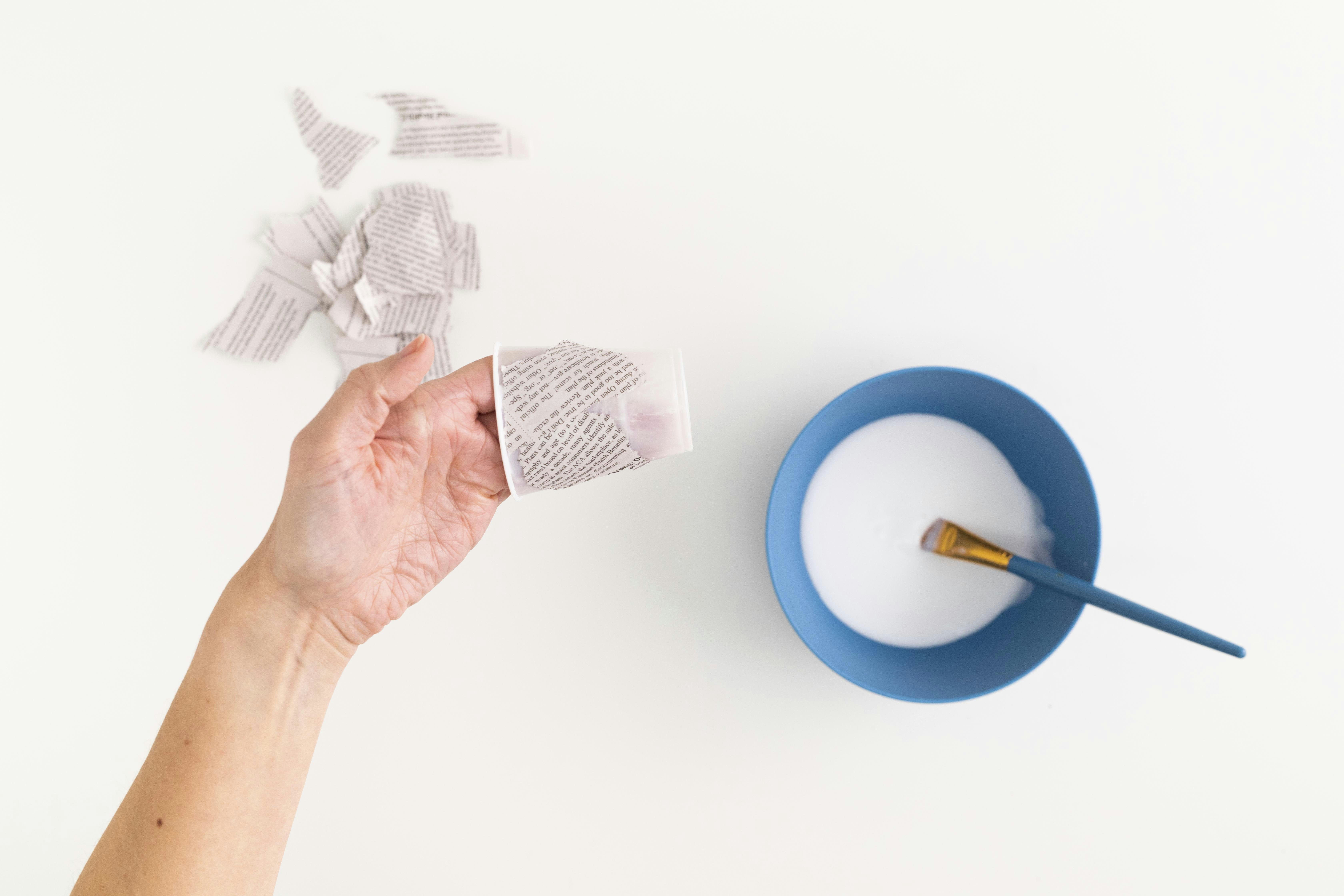
- Allow the glue to dry (this will take about an hour). (Tip: while the glue is drying, review the Level Up section below and start a plant observation journal.)
- Once the glue is dry, use different coloured paints to decorate your pot. Allow the paint to dry.
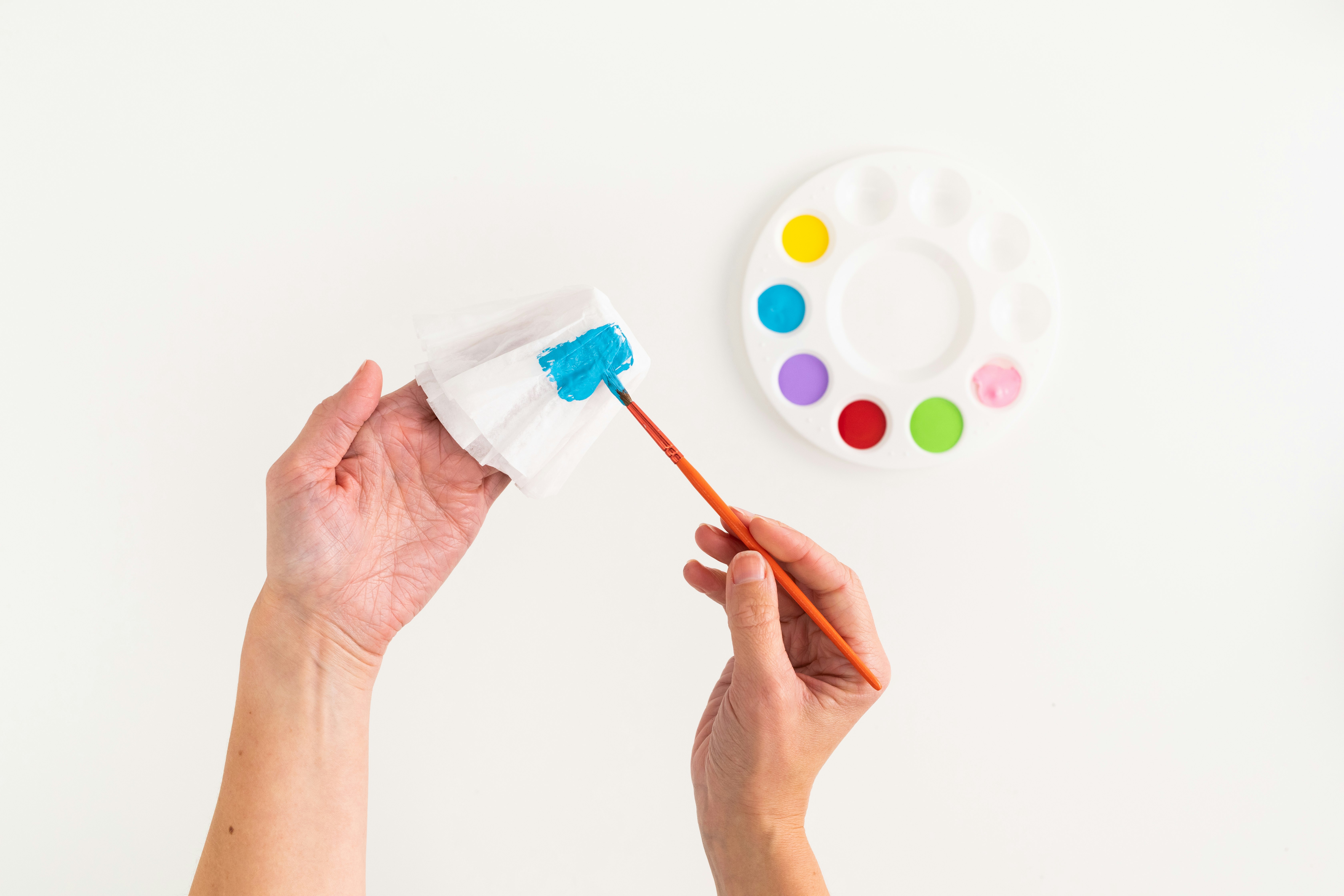
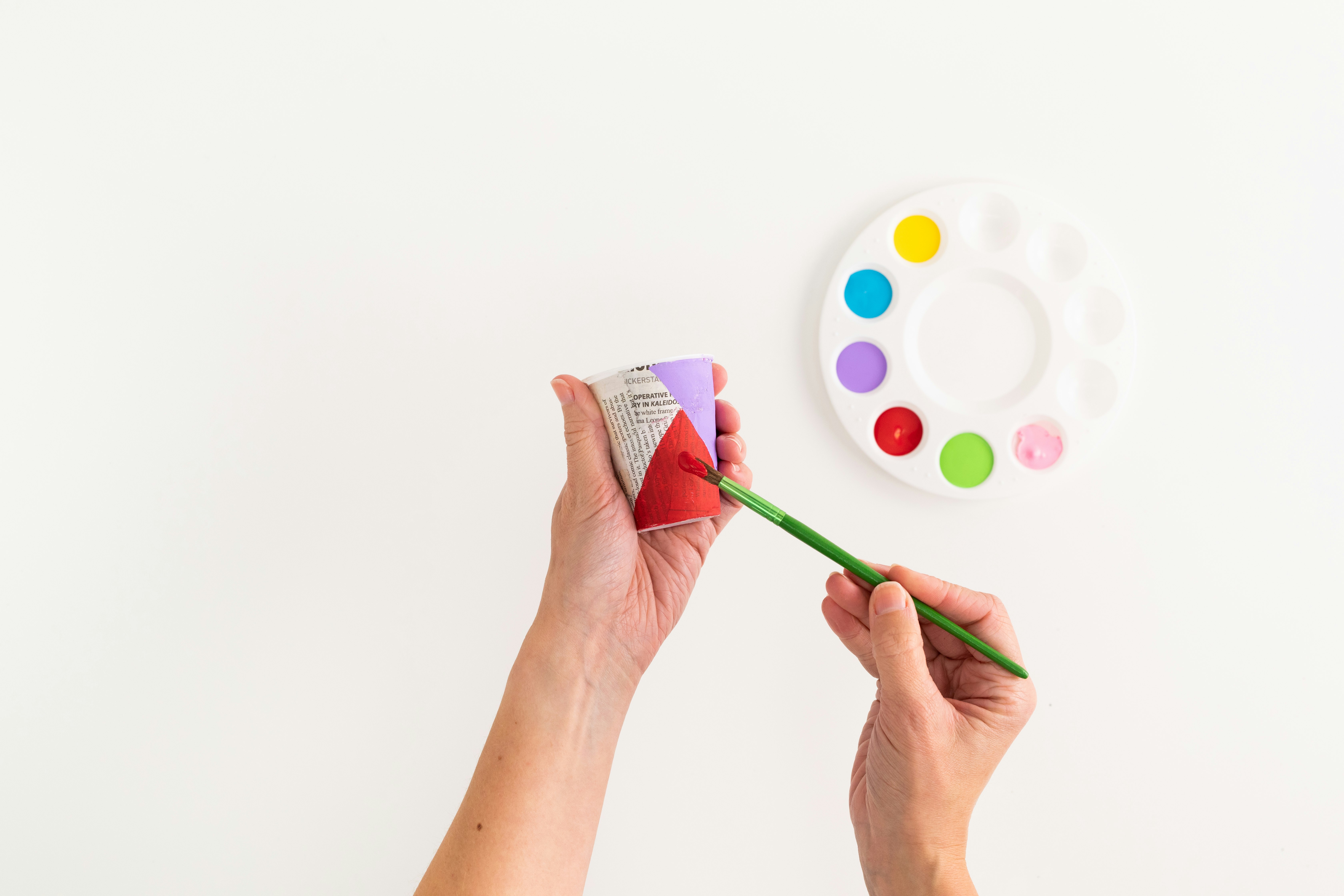
- Use Elmer’s Extra-Strength Glue Stick to attach two magnets to the back of the cup. (Are you worried that the glue won’t be strong enough to hold up a heavy plant? No worries! We developed the perfect formula to make this extra-strength glue stick work.)
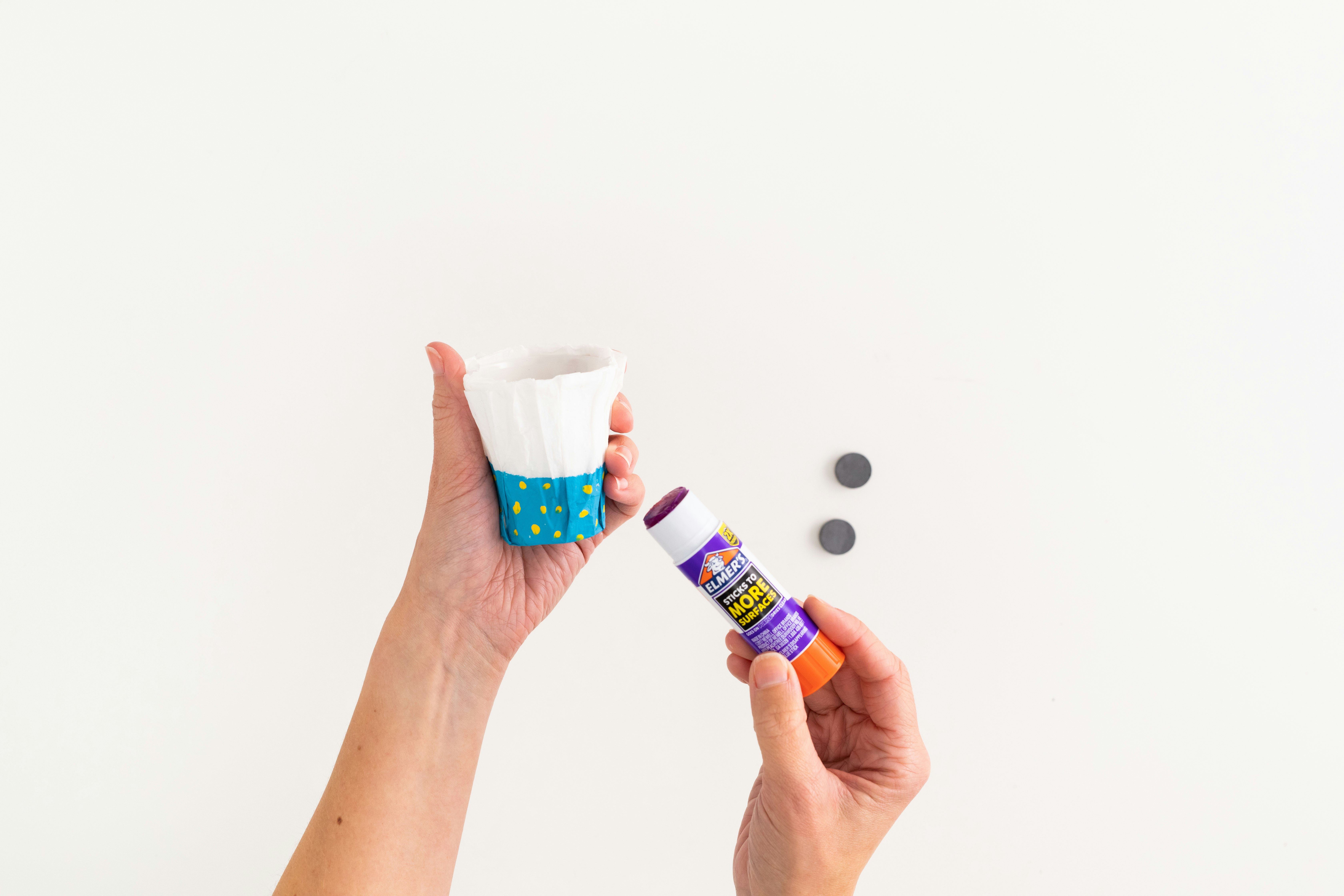
- Add your succulent to the plant holder and fill with additional soil if needed.
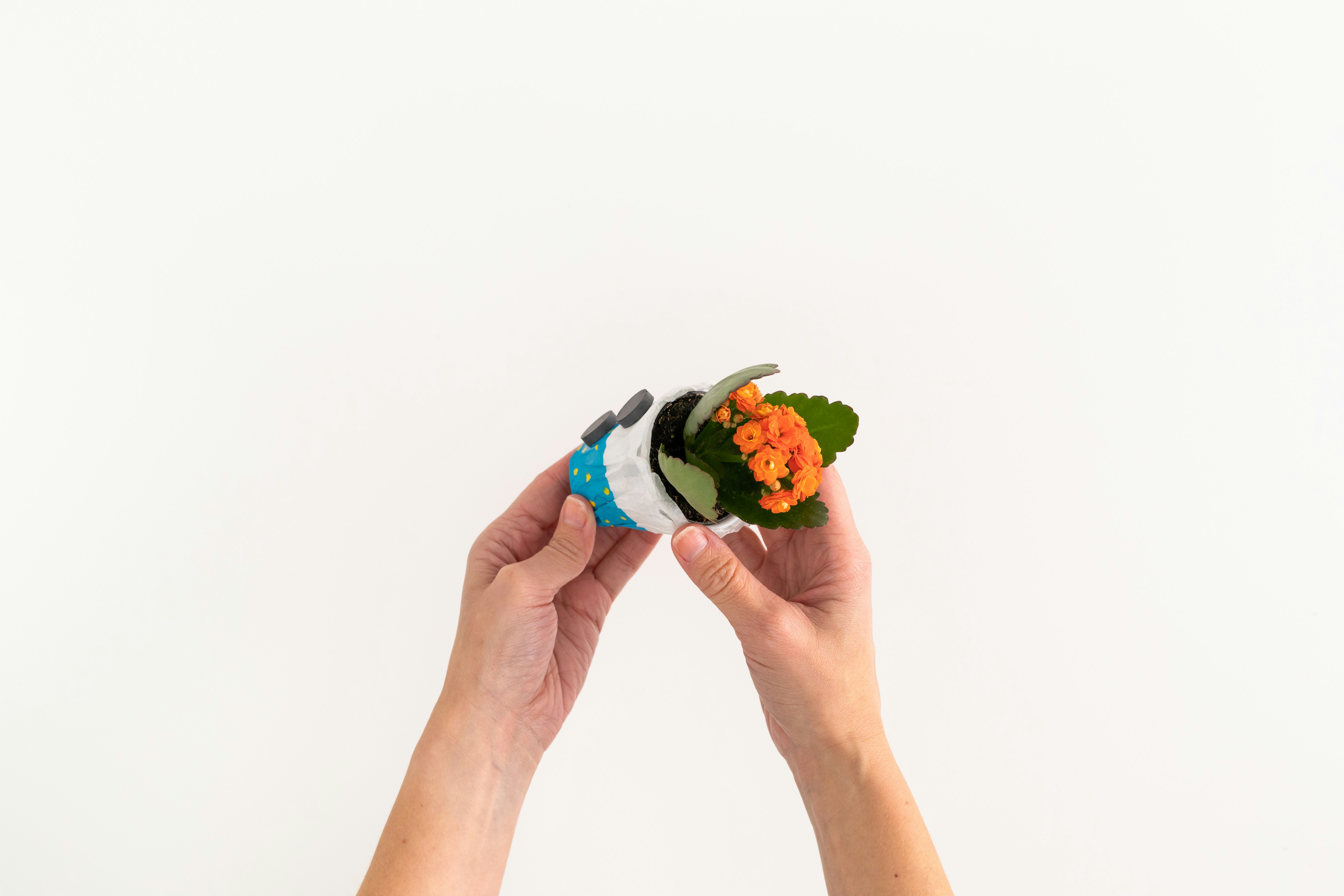
- Put your plant in a bright spot and water as needed.
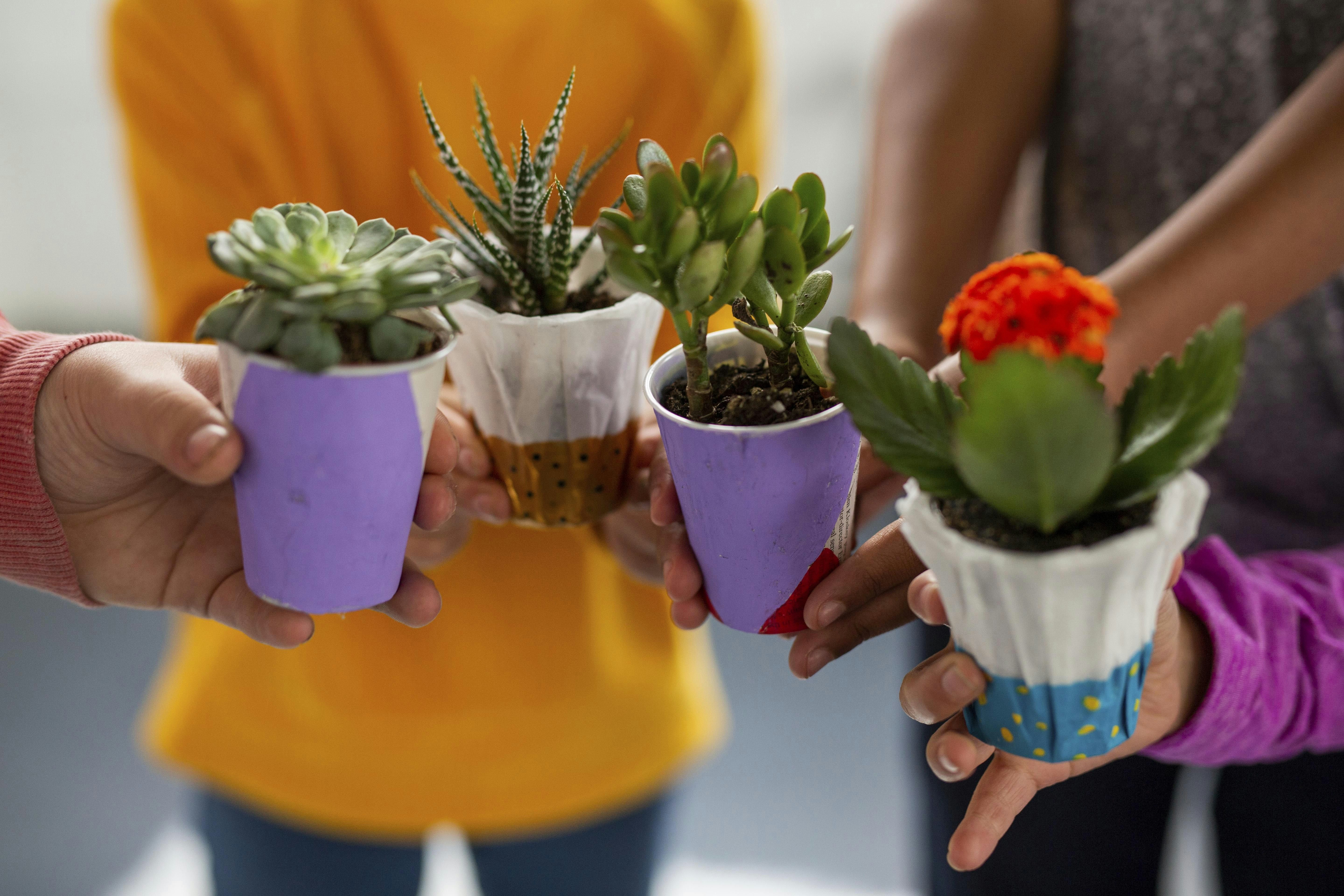
Learn More – STEAM Extensions:
- Did you know that there is a whole field of science dedicated to the study of plants? The study of plants is a science called botany. Botanists study the structure, function, genetics, ecology, and importance of different plants.
- Let’s see if you can be a botanist! What do you think a plant needs to stay healthy and alive? Plants need sunlight and water to grow. Sunlight assists plants with photosynthesis, the process plants use to make their food, using carbon dioxide and water. Observe your plant for a few days and see if you think it has everything it needs to stay healthy.
- Have you ever wondered why some plants need lots of water and some need hardly any? Plants survive in all kinds of environments, from the wettest rainforests to the driest deserts. When you buy a plant, it will come with a set of instructions for its individual care. Read the instructions carefully to make sure that you know what your plant needs to stay healthy.
Level Up – Options for Older Kids:
- Be a botanist. (Note: this activity works best with two plants.) Did you know that a botanist is a scientist who studies plants? Keep a plant journal. Place one plant in a very sunny area and one plant in a shady area. Make observations about both plants for 1 week. Make sure to record the days you water the plants and measure how much water you add. Make a note of any changes in the leaves or stem. Look for any differences in your observations of the two plants.
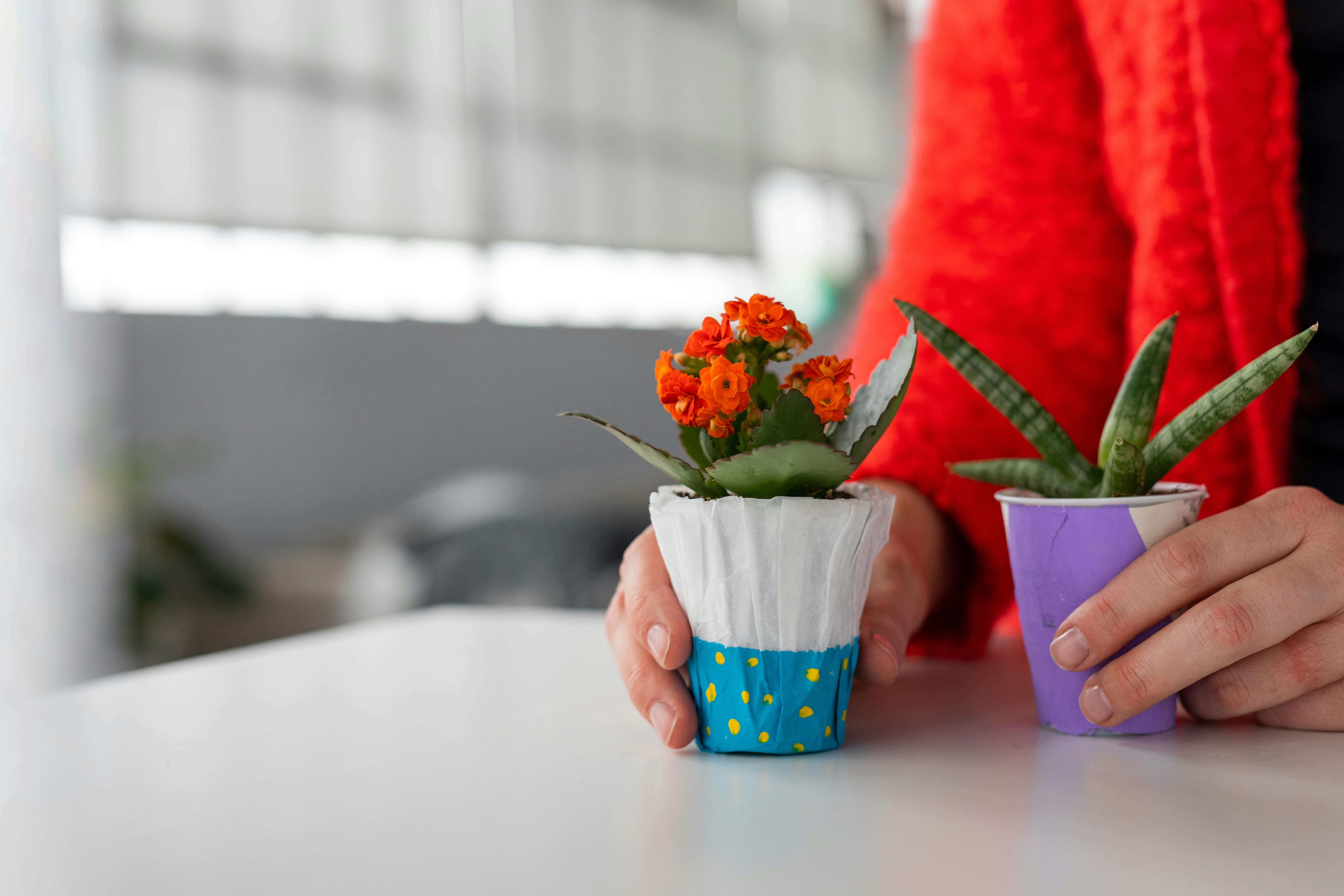
- Visit a local plant shop or garden centre. Ask about the different kinds of plants they have and the different ways they take care of the plants. Do flower plants need different care to vegetable plants? Do different types of plants need different kinds of soil?
- Grow your own plants from seeds! Certain flowers and herbs sprout faster than others. Marigolds, nasturtiums, basil, radishes, and some types of lettuce grow quickly. Make a plant journal to write down observations of the plant’s growth and development each day. Look at the colour of the plant, the length of the stem, the size and shape of the leaves, and the appearance of any flowers. Another important part of the plant’s structure is the roots, but they are difficult to observe because they are underneath in the soil, helping the plant take in water and nutrients.
Standards Alignment:
Next Generation Science Standards
- 2-LS2-1: Plan and conduct an investigation to determine if plants need sunlight and water to grow.
- 5-LS1-1: Support an argument that plants get the materials they need for growth chiefly from air and water.